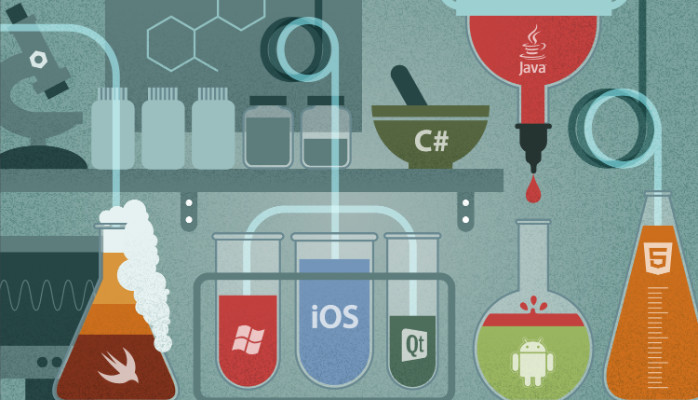
Android & iOS – Why They Don’t Have Any Other Solid Competitor?
Competition is the keystone of any sort of business. If just a single organization was governing each single marketplace, the customers as well as entrepreneurs in each corner of the world who are modern today, would not be about as advanced as it is.
If we take a deep dive into the discussion about the competition among mobile OSes currently existing in the market, the game is almost ended and just two defenders cleared it out. From the entire market area, half is covered by Android and remaining is assigned to iOS. Most of the person you know possibly either has an Android or iPhone. It’s only because they are actually the only two well-liked and admired options you’ll find when it’s time to purchase a Smartphone. Different alternatives are also accessible for users such as Windows phone or BlackBerry but it seems these choices may not be around us for a long time.
Windows Phone
When it comes to Windows phone, it has a massive collection of applications that have prepared their way to stay advanced, yet are lower to their other operating systems. Spotify is an app that falls behind on Windows phone – pop over to Android or iOS to check out what you’re lacking. Windows phone issues regarding support & maintenance don’t come to an end with apps, there is also a concern with hardware devices.
Smart watches are not the only devices which missing compatibility; there are number of fitness devices as well and even car integration systems that are not functioning appropriately with Windows phone. Lack of customizability is also one reason to avoid Windows. If you do not like any feature of the phone, such as Keyboard, you are not able to change it or swap it out with another option. Even apple has begun with the swapping ability in iOS. Windows multitasking is also behind the curve.
Microsoft’s mobile operating system is getting grip, but with a very time-consuming speed. Slow adoption of an operating system may not look like instantly significant, but it affects consumer experience.
BlackBerry Phone
Blackberry is sometimes ago a strong position in the market of mobile. Starting a year ago 2015, its Operating System’s market share accounts for a simple 0.3% – on the other hand android leading at 82.8%. It handles to move just 1.1 million smart phones in the first economic quarter of 2016. To put that in context, Apple sold 13 million iPhone 6s devices in its first weekend.
BlackBerry has been in the marketplace for an extensive time period. It has made itself well-known amongst the commercial quarters much more than the ordinary people but there are some cons regarding BlackBerry such as,
- BlackBerry falls down is in user experience
- It has Insufficient app store
- There is a Lacking of applications
- It delivers slow-moving browsing experience
- Offer only business oriented interface
Android and iOS have been knocking-out other in the market of Smartphone. Android is on a solid place when it comes to volume but the economic indicators all supporting Apple. While the fight against the other platforms is almost ended, the force between Google’s Android & iOS will only go on to become more vicious and violent.

If the question is arise in your mind that which is the best OS for smart phones, it is expected that you will end up with a continuous argument. However, Apple’s iOS and Google’s Android have been leading competitors in the game. These both are the organizations which are taking pleasure with the loyal support from faithful fans. They loyally follow each single update and made changes to the mobile platform.
Together Android and iOS now comprises 96% of the smart phone OS market. Android saw the biggest growth by captivating 81% of the market place while also increasing shipment volumes by 32 percent. iOS sustained to raise shipment volumes yet lost some overall market share. So far both have been going parallel, with iOS winning in the different categories of CTR (Click Through Rate). Android come first among its competitors when it comes to GFR (Global Fill Rate) which basically applies to the number of advertising impressions that are occupied by ads.
Source: http://bit.ly/29ytjID
